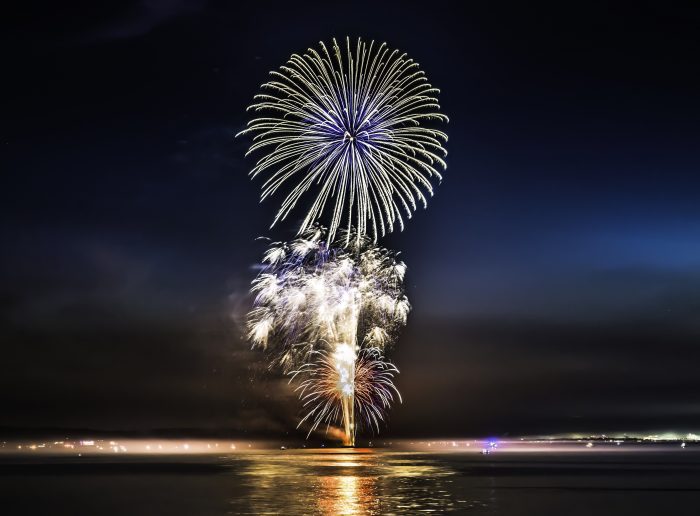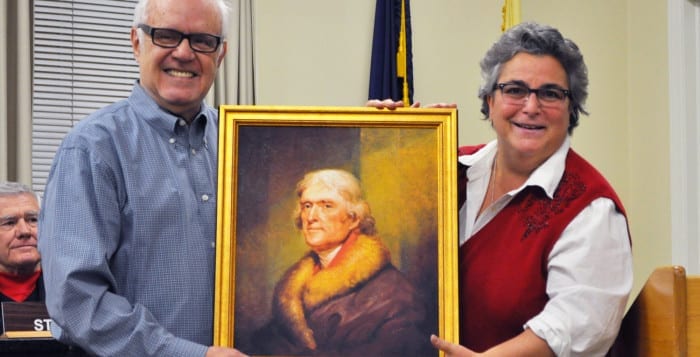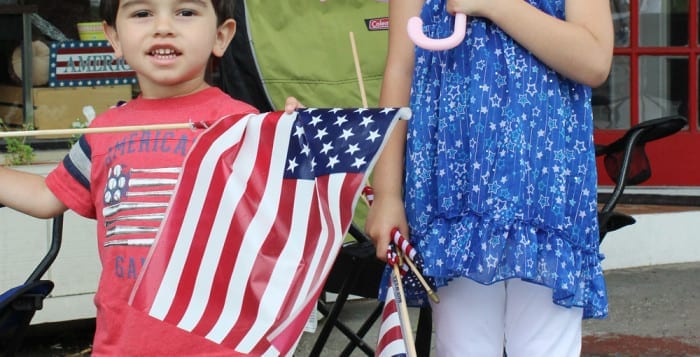Each year, we have the pleasure of covering the patriotism and camaraderie of our North Shore community.
While we love featuring fireworks and celebrations, it’s easy to get discouraged about the state of our nation. Yet, we are reminded each year to put it all in perspective.
On a rainy Fourth of July, as families gathered for barbecues and the fireworks shot into the sky, it’s safe to say most of us could recognize that we are among the luckiest of people in history to have the freedoms and opportunities we have.
To love our country, and our community, is to fight for them both. The Founding Fathers envisioned an active, informed and passionate electorate. We encourage everyone who took Independence Day to reflect on their patriotism and gratitude for our service members, and to think about how we got this wonderful freedom born out of a grand experiment.
The Founders were passionate citizens, many of whom risked their lives to design a government they thought would bring freedom and prosperity to all. This bit of history, which we all shared this week on July Fourth, is one we should remember each day.
We, too, should think of ways to improve our government. In these divided times, most of us have plenty of opinions on this already, but maybe not in terms of realistic expectations and compromise.
We must think about issues and consider ways we can move the needle. Writing to our elected officials and contributing letters to the editor are ways to do that.
The Founders wanted us to participate in the political process. We should follow their example and speak up, while being civil and compromising as we work toward mutually agreeable solutions for all.
The spirit of freedom we celebrated this week can live on throughout the year. It’s up to all of us to continue to pursue efforts to maintain equity and justice for all Americans and all members of our communities. It’s up to us to ensure that all of us feel free.







